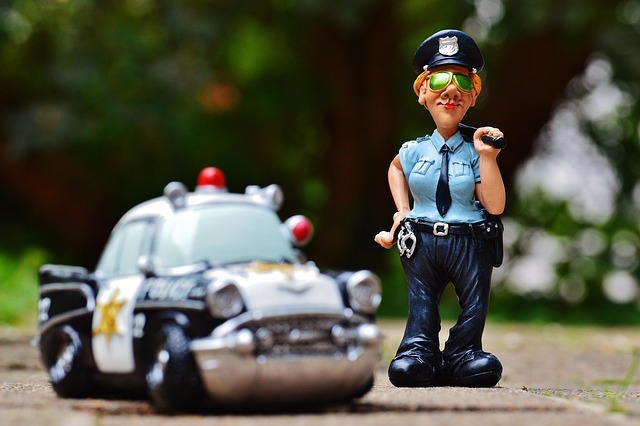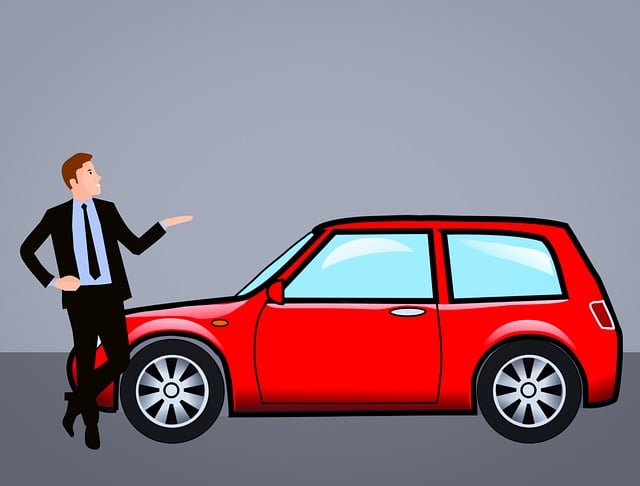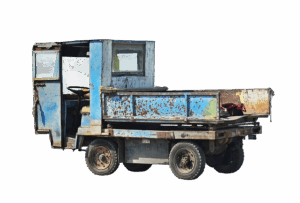Register Car: Prepare, Submit, Verify, Pay, and Title in California
Looking to register your car in California? This comprehensive guide walks you through every step, from gathering essential documents to receiving your registered title. First, prepare your paperwork,…….

Looking to register your car in California? This comprehensive guide walks you through every step, from gathering essential documents to receiving your registered title. First, prepare your paperwork, including proof of ownership and insurance. Then, visit a California DMV office and submit an application. Next, complete the mandatory dmv vin verification process for accurate vehicle identification. Pay the required fees and taxes, and finally, obtain your official vehicle registration.
- Prepare Required Documents for Car Registration
- Visit California DMV and Submit Application
- Complete Vehicle Identification Number (VIN) Verification
- Pay Registration Fees and Taxes
- Receive Your Registered Vehicle Title
Prepare Required Documents for Car Registration

Before you start the registration process, it’s crucial to prepare all the required documents for car registration in California. This includes your vehicle’s registration application form, a valid driver’s license or identification card, and proof of insurance. The key document here is the Vehicle Identification Number (VIN) verification, which can be obtained through a DMV VIN verification or even a mobile VIN inspection service to ensure the vehicle’s history and condition are up-to-date.
Additionally, you’ll need original titles for any lienholders on the vehicle, as well as proof of payment for registration fees. For a seamless process, consider using a mobile VIN verifier to quickly and conveniently gather all necessary information, including the vehicle’s historical data and any potential issues, before heading to the DMV.
Visit California DMV and Submit Application

To begin the registration process, start by visiting your local California Department of Motor Vehicles (DMV) office. Bring all necessary documents, including proof of ownership and identification. You’ll need to fill out an application for vehicle registration, which will involve providing detailed information about your car, such as its make, model, year, and unique Vehicle Identification Number (VIN). This VIN is crucial for the dmv vin verification process, ensuring that the vehicle matches the details on record.
The DMV staff will guide you through the steps, which include conducting a vin inspection to cross-reference the provided information with their records. For added convenience, consider utilizing mobile vin inspection services that can perform this verification on-site or even remotely, making the registration process more efficient and accessible.
Complete Vehicle Identification Number (VIN) Verification

After gathering all the necessary documents and information, the next crucial step in registering your car in California is to complete a Vehicle Identification Number (VIN) verification. This process ensures that the vehicle matches the details on its registration papers. You can either do this through a traditional DMV vin inspection or opt for a convenient mobile vin verifier service. If you choose the latter, a specialized technician will visit your location and perform a thorough VIN inspection using advanced equipment to cross-reference the vehicle’s unique identifier with official databases.
A correct and accurate VIN is essential as it links the car to its history, including ownership records, maintenance logs, and any reported accidents or issues. By verifying the VIN, California’s DMV can ensure that you’re registering a legitimate vehicle, preventing fraud and ensuring road safety. This step might seem straightforward but is vital in maintaining the integrity of the registration process and keeping our roads secure.
Pay Registration Fees and Taxes

After completing your vehicle’s purchase, the next step in registering your car in California involves paying the registration fees and taxes. The California Department of Motor Vehicles (DMV) requires all vehicle owners to pay a base fee for registration, as well as any applicable taxes, such as sales tax or use tax. These fees vary based on the type of vehicle, its age, and other factors. One crucial aspect of this process is the DMV’s vin verification, which ensures the vehicle’s authenticity and helps prevent fraud.
To simplify matters, you can opt for a mobile vin inspection or mobile vin verification service, allowing you to complete these steps from the comfort of your home or office. These services use advanced technology to conduct a thorough vin inspection, ensuring all details are accurate before submitting your registration application. This modern approach streamlines the process and saves time, especially if you’re short on trips to the DMV.
Receive Your Registered Vehicle Title

After completing the registration process with the DMV, including providing necessary documents and passing inspections like a smog test, you’ll receive your registered vehicle’s title. This official document confirms that your car is legally registered in California and serves as proof of ownership. Before driving off the lot, ensure the title accurately displays all the required information, such as your name, vehicle identification number (VIN), and any applicable fees.
For added peace of mind, consider using a mobile vin verifier or conducting a vin inspection to verify the VIN listed on the title matches the one etched into your car’s chassis. This step is crucial in preventing fraud and ensuring the vehicle’s history aligns with what’s documented. A simple vin inspection can help you confirm that your registration process was successful and that all records are accurate, including those maintained by the DMV during their vin verification process.
Registering a car in California involves several straightforward steps, from gathering essential documents to completing a DMV VIN verification. By following these processes diligently, you’ll not only ensure your vehicle’s legal status but also gain peace of mind knowing your investment is properly secured. Remember, a well-documented and registered vehicle is safer for both you and the broader community on California’s roads.







